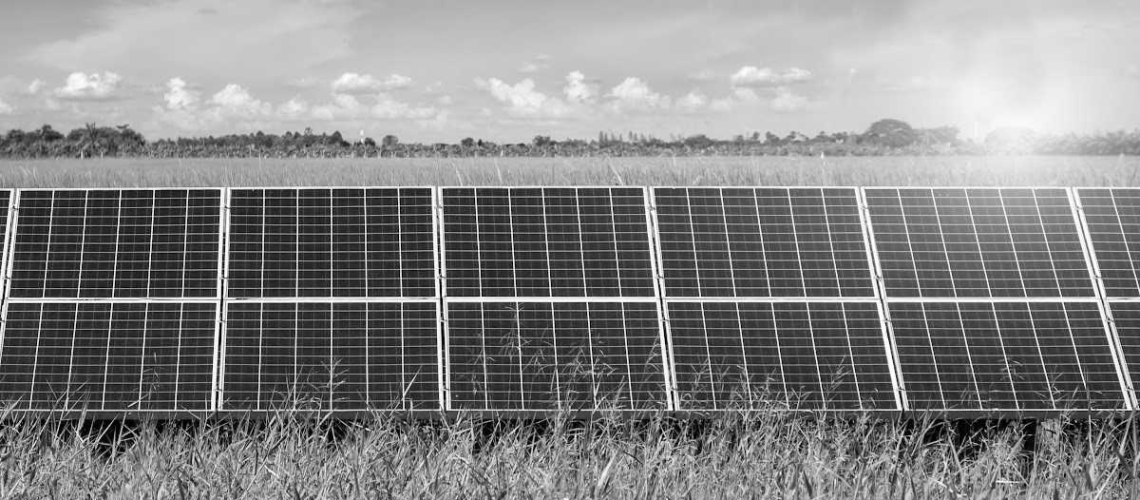Tucked into the bill were provisions to speed permitting for energy projects, undoing core elements of the National Environmental Protection Act (NEPA).
The U.S. Senate voted 63-36 to pass a bill to raise the nation’s debt ceiling in attempt to avert a debt default before Monday’s deadline.
While President Joe Biden had expressed desire to pass a “clean” debt raise with no other provisions attached, he ultimately reached a compromise with House Speaker Kevin McCarthy that includes some significant changes to environmental review processes and permitting for energy projects. Biden is expected to sign the bill into law on June 2, delivering a speech at 7:00 PM EST. Full text of the bill can be found here.
The compromise reached by Biden and McCarthy stripped out some provisions the Republican representative had included in an earlier draft that was set to gut Inflation Reduction Act.
The earlier draft, which Biden rejected in negotiations would have repealed the Production Tax Credit, the Investment Tax Credit, and other core IRA provisions, which would have been devastating to the momentum of the clean energy transition.
Included in the revised bill that Biden is expected to sign, however, are significant changes to permitting and environmental review processes. The law is expected to be a boon for energy developers of all types, from solar to oil, but may challenge the nation’s environmental protection agencies.
The bill shrinks the requirements for energy project reviews under the National Environmental Policy Act (NEPA), requiring that agencies focus specifically on “reasonably foreseeable environmental effects” instead of longer-term downstream impacts.
NEPA has been a cornerstone of U.S. environmental law since 1970, requiring federal agencies to perform environmental reviews on any major infrastructure projects.
Most NEPA reviews on energy projects will be capped at a year, with a two-year review for significant projects that may have larger environmental impacts.
Harrison Godfrey, managing director of Advanced Energy Economy, said the bill includes “positive steps” on permitting reform, including language that requires a lead federal agency for permitting processes, improvements project timeline transparency, and a more efficient environmental review process.
“The debt ceiling agreement includes an important down payment on much-needed reforms to improve the efficiency of the permitting process for clean energy projects, including reasonable timelines for completing environmental reviews, common-sense lead agency authority and expedited consideration for qualifying energy storage projects,” said Jason Grumet, chief executive officer, American Clean Power.
Grumet added that while the changes are a step in the right direction for the development of energy projects, more work is needed to ensure a clean energy transition.
“Absent significant improvements in the siting and construction of new clean power transmission capabilities, our nation will fail to achieve critical economic, national security and climate goals,” he said. “We look forward to working with lawmakers in both parties to advance more comprehensive bipartisan permitting and transmission reform legislation in the weeks ahead,” said Grumet.
While the bill is expected to accelerate the buildout of clean energy projects, furthering progress towards key climate and environmental goals, it is a mixed-bag that also limits the power of NEPA. It also makes possible the completion of the Mountain Valley Pipeline, a major oil project that is expected to contribute 89 million metric tons of carbon emissions, equal to the impact of adding 19 million gas-powered passenger vehicles per year.



